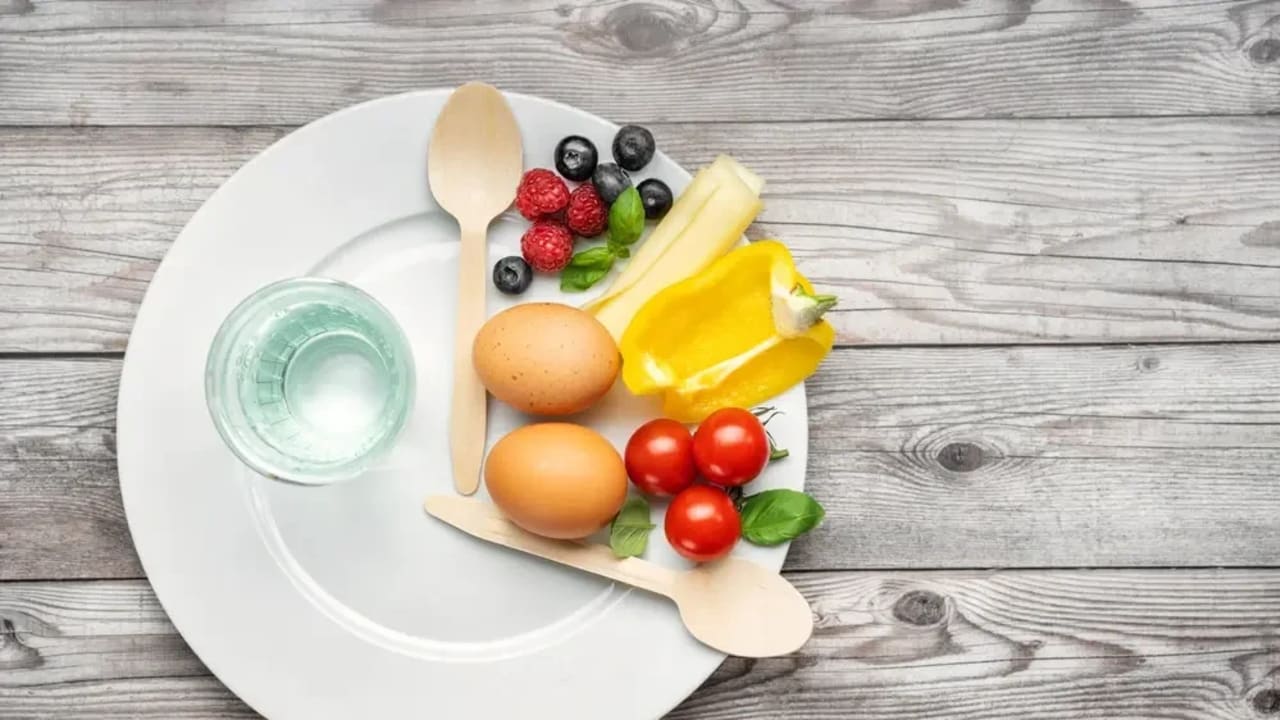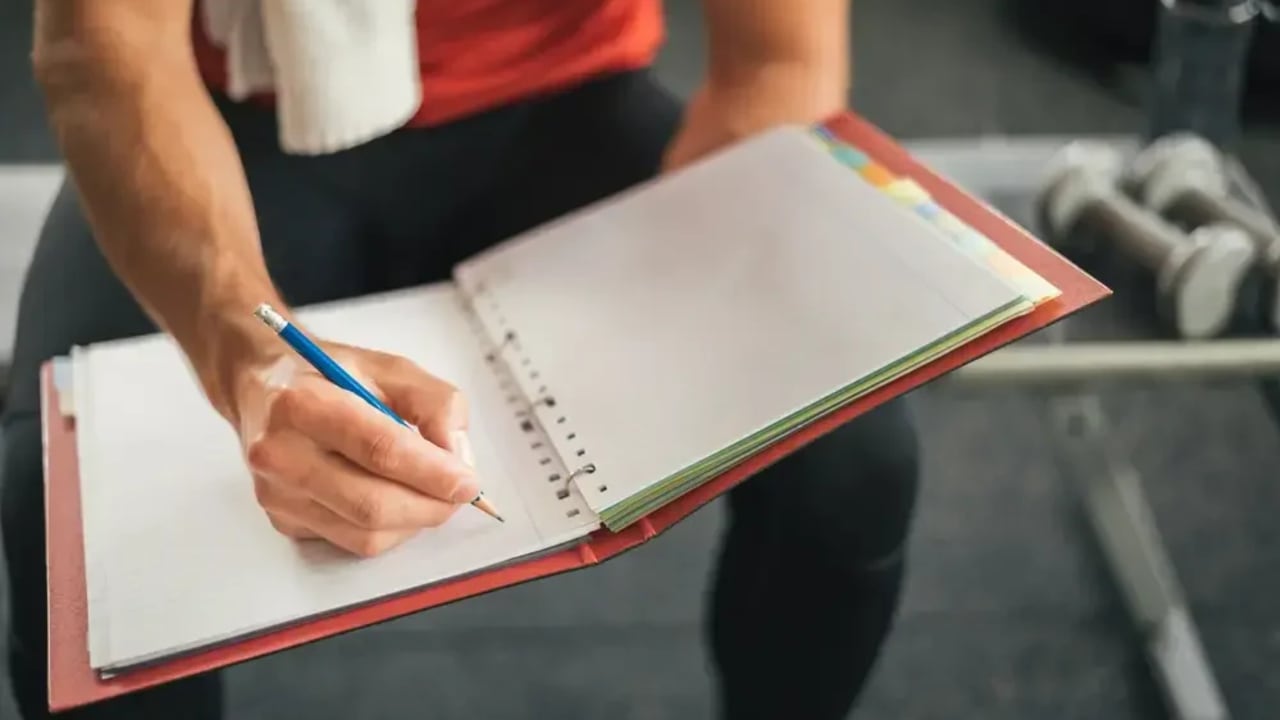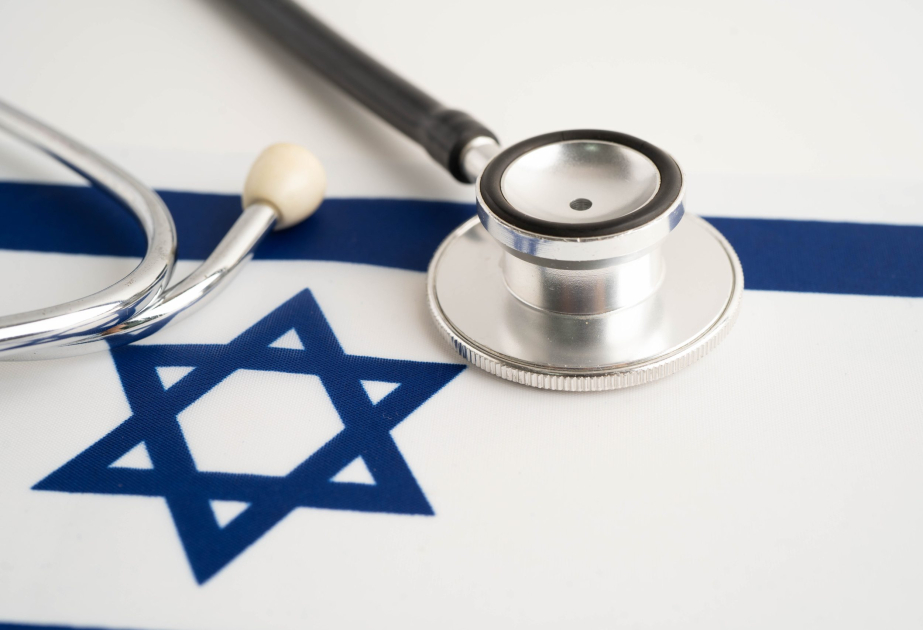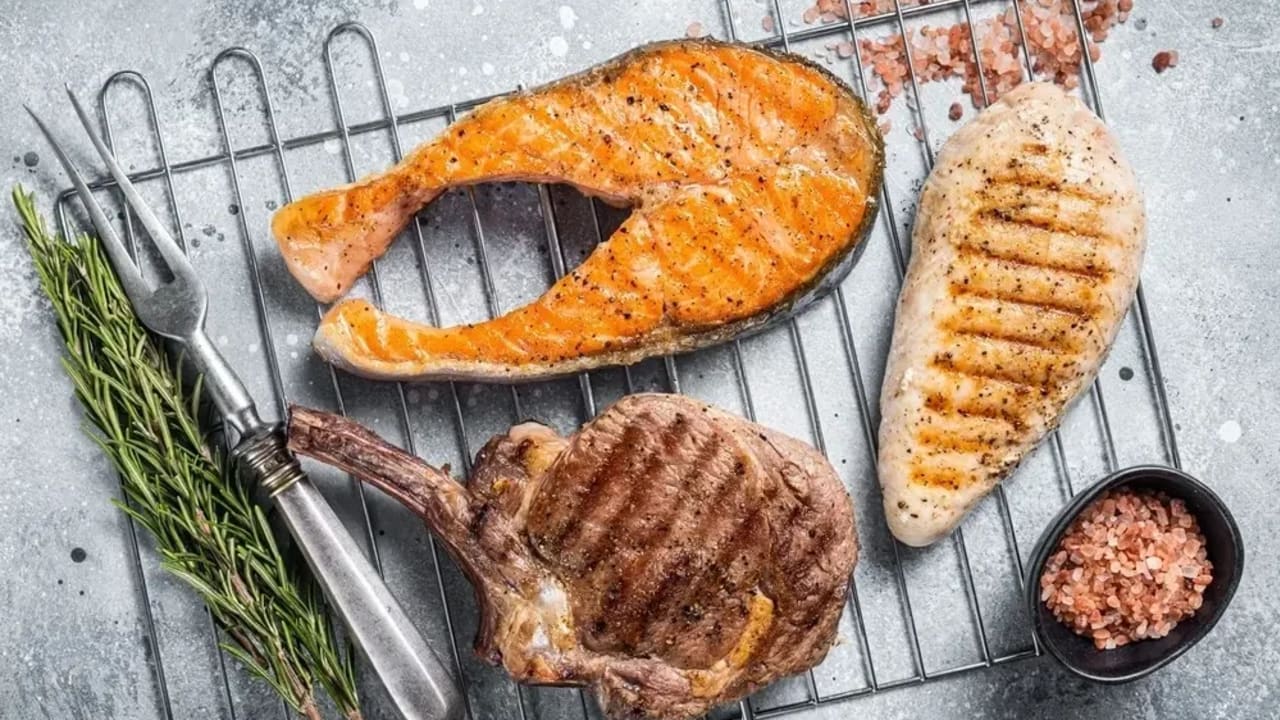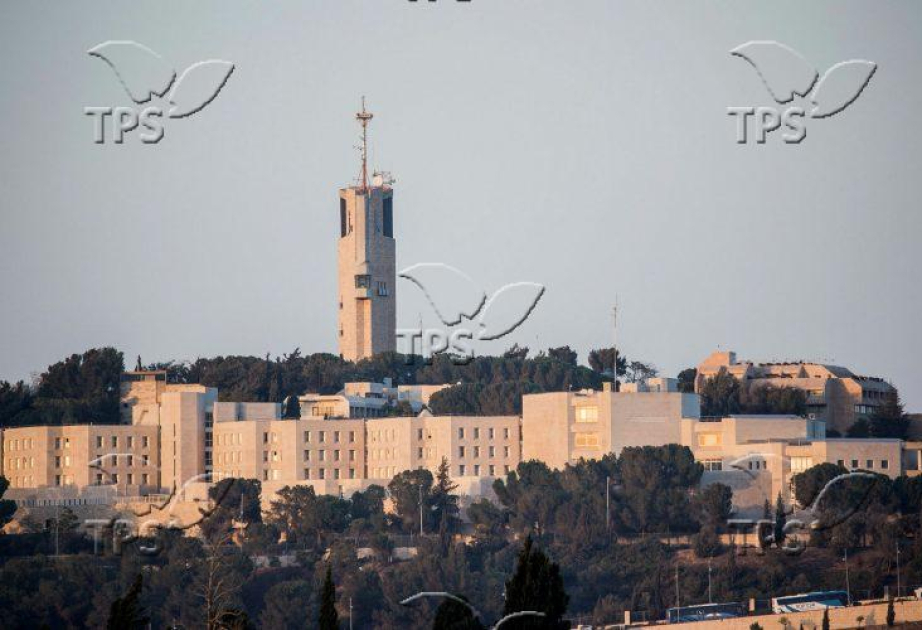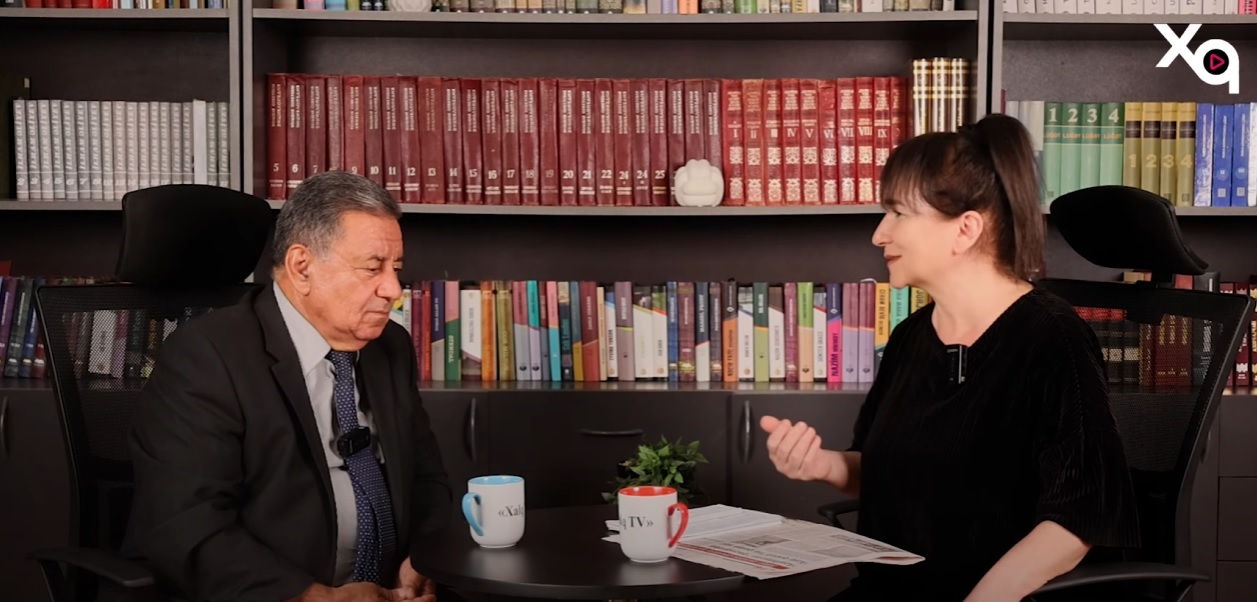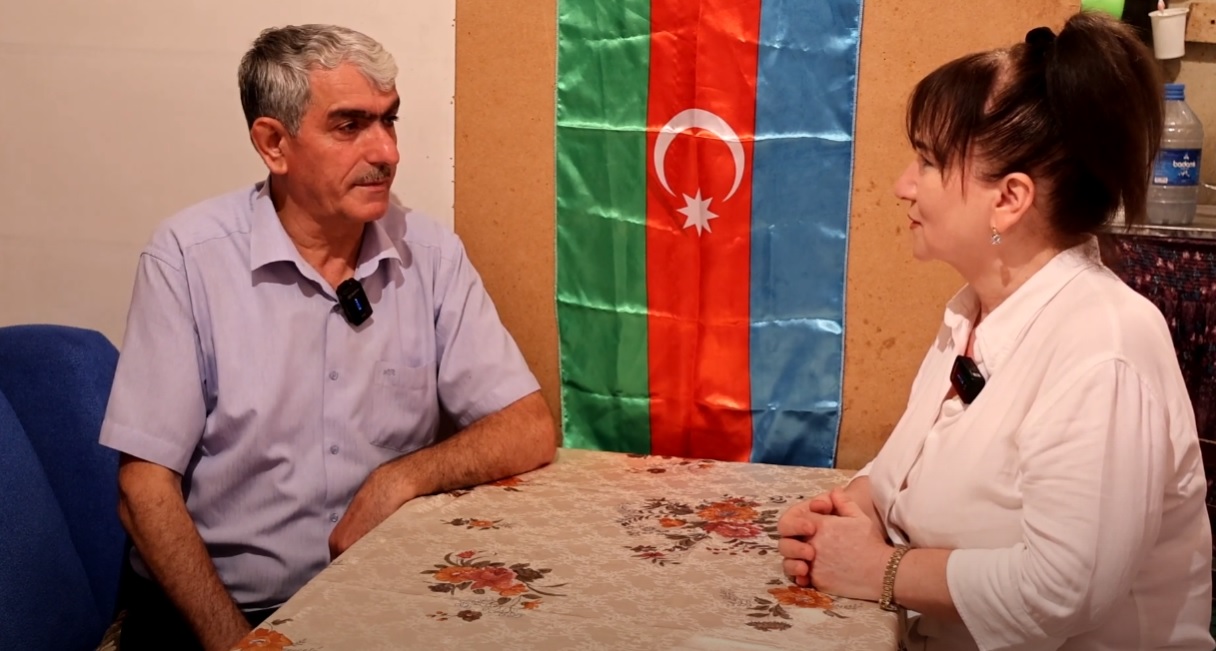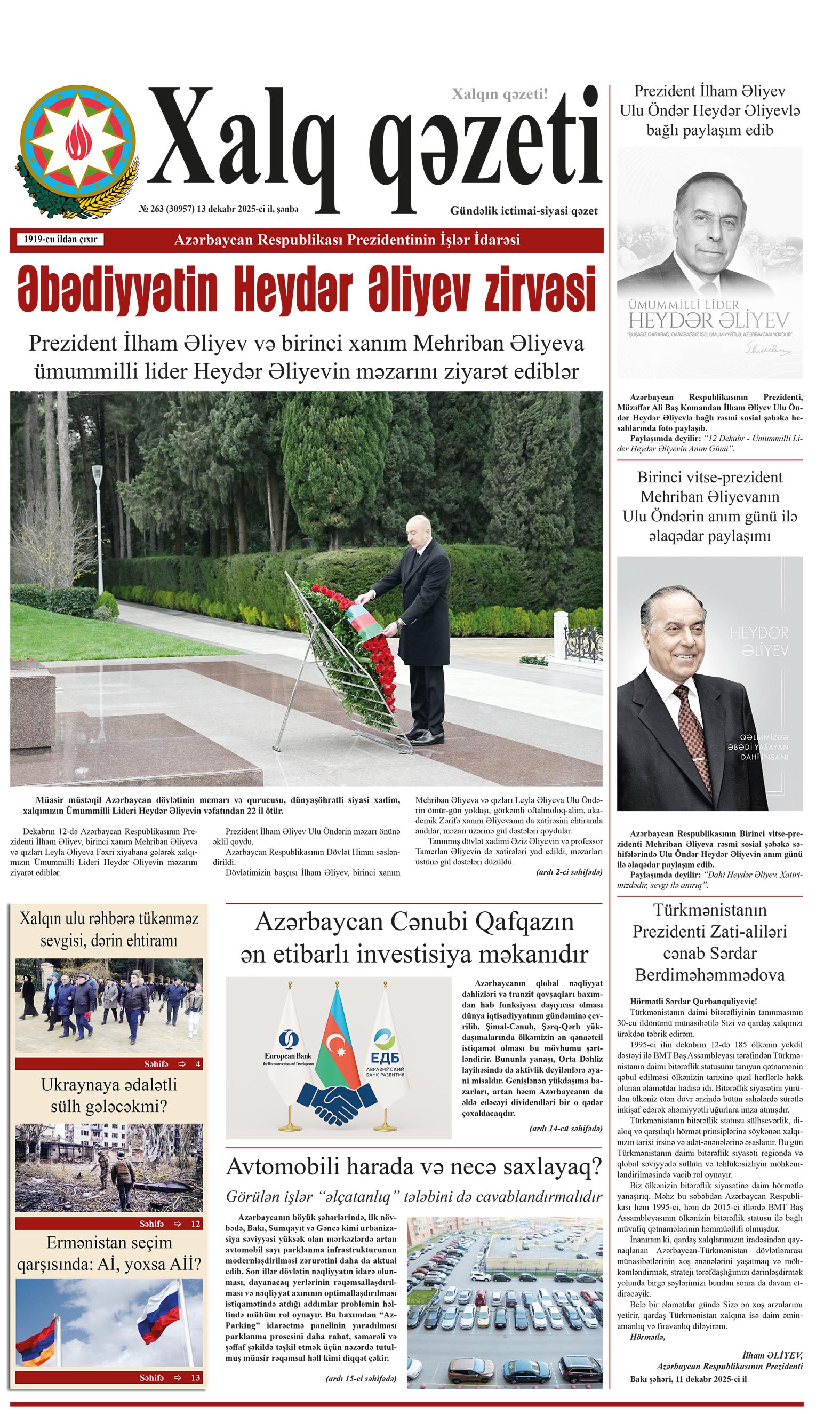Jerusalem Post
ByDR. MAYA ROSMAN
The Yom Kippur fast is first and foremost a Jewish and spiritual tradition. It is not meant for dieting, nor for health improvement – but once we stop eating and drinking for a whole day, nutritional questions arise: How should one prepare? What to eat at the pre-fast meal? How to restore the body’s balance afterward? Does a one-day fast really contribute to health? Or do significant effects only appear in more frequent fasts, like intermittent fasting?
We’ll start with the impact of a one-day fast on health, compared to intermittent fasting:
Studies indeed show that a one-day fast activates healthy biological processes – but the effects are temporary:During a 24-hour fast, the body first uses up available sugar stores, and after about 12–16 hours begins to rely more on fat as an energy source.
At this stage, several interesting processes occur: A drop in insulin levels, a slight increase in growth hormone that preserves muscle mass, and activation of “cleaning” and repair mechanisms of damaged cells.
A study published in the Journal of Clinical Endocrinology & Metabolism showed that a 24-hour fast significantly reduced insulin levels and improved insulin sensitivity in healthy people.
Another review published in Cell Metabolism showed that even a one-time fast triggers cellular repair mechanisms and reduces inflammatory markers, but the effects faded once normal eating resumed.
But there were also other studies that claimed significant health benefits appeared only when fasting was relatively frequent.
The conclusion is clear: A one-time fast like on Yom Kippur will not lead to lasting changes in health, but it can serve as an opportunity to pause, “reset” the digestive system, break eating patterns, and regain a sense of control over habits.
10 tips to make the Yom Kippur fast easier
For some, the fast passes relatively easily, while others suffer from headaches, dizziness, severe weakness, and sometimes even fainting. It’s worth preparing properly – to reduce discomfort and feel better.
Tips for the pre-fast meal
1. Don’t overload the plate
A meal that is too heavy causes fatigue and drowsiness, and contrary to what we might think – after digesting an oversized meal, hunger may return even stronger. It’s better to eat a filling but not burdensome meal.
2. Less salt – less thirst
Salt, salty sauces, and soup powders increase thirst, and it’s advisable to reduce them.
3. Add carbohydrates that maintain satiety
To make the pre-fast meal last for many hours, it’s important to choose sources of carbohydrates that break down slowly.
Pasta – made from durum wheat, its starch breaks down gradually, helping keep blood sugar levels stable and promoting satiety for longer. Studies show that pasta from the “Low GI” group is more filling than white bread.
Prefer whole-wheat pasta or pasta made from whole flour.
Sweet potato – has a double advantage over regular potato: A lower glycemic index, rich in fiber and beta-carotene, keeping you full twice as long.
Legumes – lentils, chickpeas, beans – the “champions of satiety”: They contain both carbohydrates and protein, plus a lot of dietary fiber. This slows digestion, moderates blood sugar rise, and maintains a steady feeling of fullness for hours.
A study published in the Journal of Nutrition showed that legumes cause higher satiety compared to the same calorie amount of simple carbohydrates.
Therefore, the recommended combination in the pre-fast meal is “smart” carbs – pasta, sweet potato, or legumes – together with protein and fat. This ensures the stomach doesn’t empty too quickly and the body gets stable energy supply throughout the fast.
4. Lots of vegetables, especially green beans
Add vegetables – fresh and cooked – to increase volume, vitamins, and minerals. Among them, one star stands out: green beans.
They are especially rich in both soluble and insoluble fibers, difficult for the body to digest, which slow stomach emptying and contribute to prolonged fullness. Green beans remain in the stomach and intestines longer, “holding” satiety much more than a regular salad.
A study published in the European Journal of Clinical Nutrition found that a fiber-rich meal with green beans contributed to sustained satiety and influenced calorie intake at the next meal.
Green beans with garlic and almonds (credit: Einav Hakoun, WALLA! System)
5. Soup after the meal, not before
For this particular meal, it’s better to save soup for after the main dish, so it won’t reduce intake of the nutritious foods that should come first.
Tips for drinking
1. Drink gradually
Don’t “attack” water right before the fast – drinking a liter at once doesn’t stay in the body. It’s better to drink a glass of water every half hour from morning until the fast begins. This way, the body enters the fast well-hydrated.
2. Less sweet, less thirst
Sugary drinks raise blood sugar quickly but later cause stronger thirst.
3. Reduce coffee?
Caffeine dehydrates. Some advise stopping coffee three days before the fast to avoid headaches. The truth is more complex.
Studies show that sudden caffeine withdrawal can indeed cause headaches – sometimes already 12–24 hours after the last coffee, peaking after 1–2 days, and lasting up to nine days.
A study published in NEJM also showed that symptoms include fatigue, irritability, and concentration problems.On the other hand – not everyone experiences this: Some people don’t suffer at all, and others only have a mild headache.
What does this mean in practice? If you’re used to drinking a lot of coffee – you can reduce gradually to minimize risk. If you didn’t do it? It’s okay – the headache, if it comes, will just arrive during the fast instead of a few days before. In the end, the difference is not big.
How to break the fast properly?
1. Start small
A glass of water, then a cup of tea with a teaspoon of honey or natural juice. After 10 minutes – an easy-to-digest fruit like a banana or date, or a simple slice of cake.
2. After an hour
A full meal. Better to begin with a light dairy meal (cheese, vegetables, a slice of whole-grain bread) rather than immediately piling on chicken and heavy side dishes.
The digestive system is sensitive after a full day of rest, and it’s easy to overload it.
Do you lose weight after fasting?
Not necessarily. One can eat enough calories at the pre-fast meal for an entire day, and the next day make up for what was missed. If you break the fast with a light meal, you may save a few hundred calories and lose 200–400 grams of fat – but the bigger drop on the scale the next day is mostly due to water loss. The body restores this quickly with drinking and eating.
A study published in the Nutrition Journal found that people who fasted for a day lost weight mainly due to fluids, not actual fat – a reminder that the post-fast weight doesn’t tell the whole story.
Some think overweight people “hold out better,” since they have larger energy stores. In fact – the opposite is true:
Food thoughts – Studies show that people with overweight spend more time daily thinking about food. These thoughts increase secretion of stomach acids – strengthening hunger.
Faster stomach emptying – In people with overweight, the stomach empties faster, so they feel hungry again soon after the pre-fast meal.
Emotional role of food – For some, food is comfort, compensation, or a source of pleasure. For them, skipping a meal feels like punishment. By contrast, some thin people forget to eat during a busy day – for them the fast is easier.
Short and frequent eating habits – Those used to “something small” every 1–2 hours struggle more when the digestive system isn’t stimulated for a long time.
A study published in Appetite found that people with overweight tended to report stronger hunger during a fast compared to thinner people – not because of lack of fat reserves, but due to hormonal responses and eating habits.
The experience is personal: Some find the fast easy, others struggle – and it’s not necessarily related to weight or body size.


